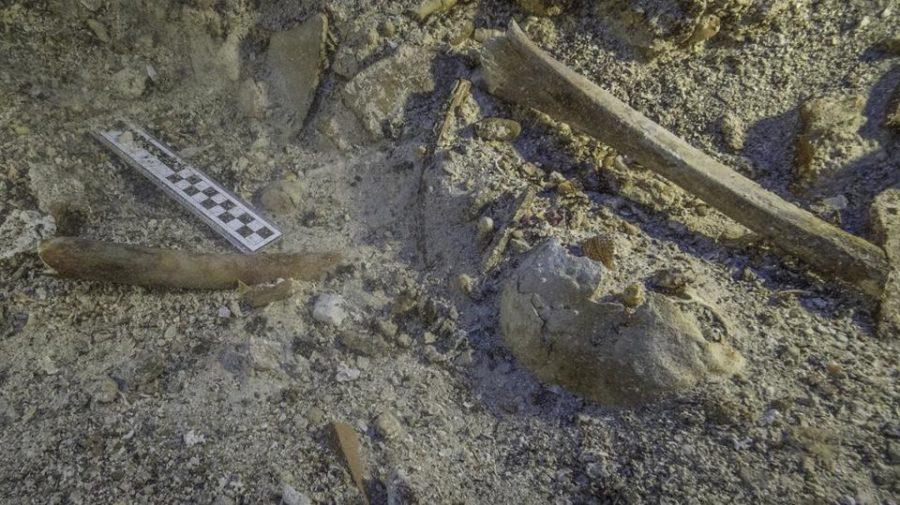2,000 Year-Old Skeleton in Greece
On September 20, 2016, off the coast of the small Greek island Antikythera, a significant discovery was made within the wreckage of a merchant ship 50 meters below the Mediterranean Sea. This groundbreaking find is a 2,000-year-old skeleton that managed to stay in very good condition, despite being in a watery grave for two millennia. It was a major find by archaeologists, who initially went down for a routine artifact expedition. Instead, they were met with a surprise that not only has huge implications for history, but also the potential to push the boundaries of DNA analysis and gene sequencing of ancient remains. However, it is the historical implications, based on past finds within the wrecked ship from the Roman Era, that are sparking the interest of many anthropologists and archeologists all over the world.
The wreckage was originally found in 1900 by sponge divers, and at the time the most incredible object found was the “Antikythera Mechanism”, or an early and badly corroded “computer” used to model planetary movements. As investigations continued over the years, multiple artifacts and more damaged bones were discovered, which pieced together the story of a merchant ship used by Roman general Sulla to plunder Greece. Although the wreckage site has been picked clean by archaeologists over the years, routine searches are made to study the wreckage, and if lucky, recover objects that had been covered by silt or moved around by the water. Brendan Foley, an underwater archeologist, and his team were on one of these explorations when one of his men uncovered bones unlike ones that have ever been discovered from the site in the past. They are in almost perfect condition, and are all from one person. When asked what his thoughts were on this new discovery, Foley could not hide his excitement and curiosity when commenting, “Your mind starts spinning with possibilities.” And right he was. Soon after the discovery was made, archeologists world-wide were questioning past discoveries from the ship, and were delving into any information that could be gathered from the newly found bones. One archeologist, however, seemed to have his interest peeked more than others. Mark Dunkley, an archeologist from a London-based heritage organization, contacted Foley and began to piece together the facts over video due to the long distance. But because the many anthropologists on the case are still awaiting the go ahead from the Greek government for bone analysis, no DNA or heritage study can be done on the bones. This means less information for historians like Dunkley and Foley to work with. However, they are already building a case due to the artifacts and information that have been recovered from the ship over the years.
Many want to believe Foley’s team have found the creator of the “Antikythera Mechanism”, however Dunkley has other ideas. He speculates that because “the crew would be able to get off relatively fast during the accident,” the bones may be the remains of a slave. This scenario based evidence also fits in with the shackles that were found adjacent to the bones, which implies the passenger was either wearing them when the ship went down, and they came off with time…or the passenger got them off too late. Dunkley was also asked about this discovery, and he said with deep sadness, “those shackled would have no time to escape.” Although this evidence is pointing towards a merchant slave that went down with the ship, the idea of these bones belonging to a once very intelligent scientist and astronomer is exciting to many historians. Either way, this groundbreaking discovery sheds new light on the lives of the various classes within Roman society in the first century before Christ.












